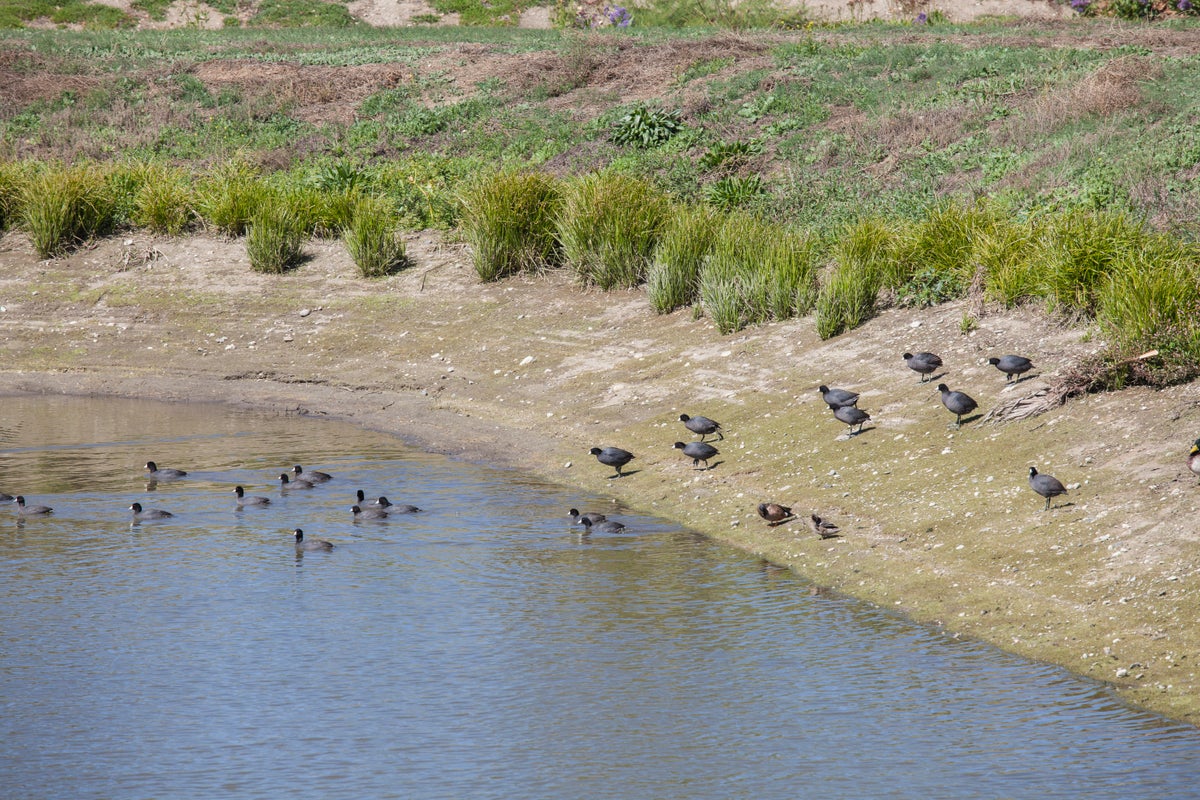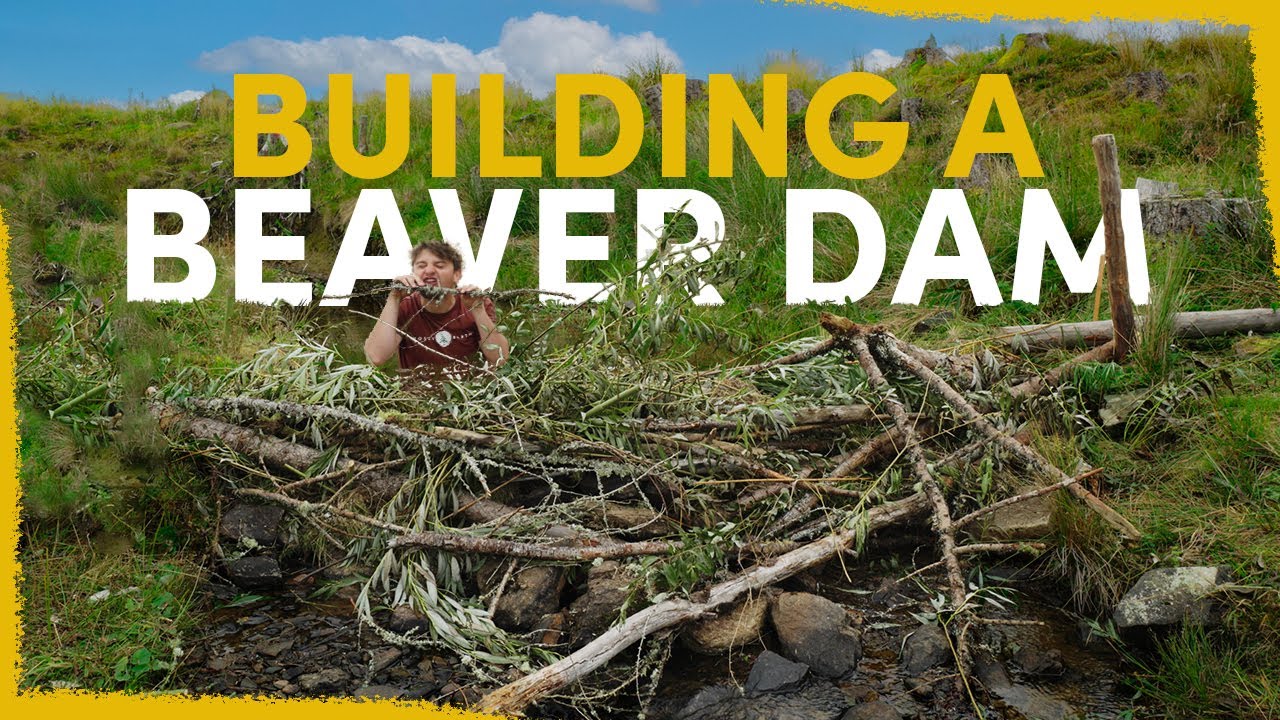Sidebar
Reclamation - restoring disturbed lands
- [Youtube link](https://www.youtube.com/watch?v=R0d7Hox5J4M) - [Wikipedia page](https://en.wikipedia.org/wiki/Pocket_forest) - [Miyawaki forests are a global sensation, but not everyone’s sold on them](https://news.mongabay.com/2023/06/miyawaki-forests-are-a-global-sensation-but-not-everyones-sold-on-them/)
*Abstract* Reclamation of disturbances from oil sands mining requires effective soil management to ensure successful plant establishment and to promote recovery of native plant communities. In this study we investigated the effects of salvage depths (shallow vs. deep) and placement depths (shallow vs. deep) of forest topsoil on plant establishment, species richness, and soil properties in two substrate types (sand and peat-mineral). Shallow salvage led to greater tree stem densities and higher canopy cover for most plant groups, although there was no significant difference in species richness between shallow and deep salvages. Deep place- ment generally resulted in greater canopy cover, while its effect on plant density was very small for most plant groups. On peat-mineral substrate, fewer differences were detected between shallow and deep salvage, and multiple treatments resulted in greater cover. Find- ings suggest that a balance between maximizing the area over which propagules are redis- tributed and providing sufficient resources for successful plant establishment is necessary. Forest topsoil from shallow salvages and deep placements is recommended when targeting increased site productivity and species diversity. In contrast, deep salvage should be used when the primary objective is to obtain maximum reclamation material volume. Salvage depth effects may be influenced by substrate type, with peat-mineral substrate providing more favourable conditions for plant establishment. Further research is needed to assess the long-term impacts of different salvage and placement depths on plant community devel- opment and the potential effects of substrate properties on soil and plant response.
Pretty good restoration, given that closure construction just finished last year. They still have a ways to go before they can walk away, but the main things (pit filling, capping of dumps) have been completed, and there's no more yellow iron rumbling across the site to close things up.
This law aims to put measures in place to restore at least 20% of the EU’s land and sea areas by 2030, and all ecosystems in need of restoration by 2050. It sets specific, legally binding targets and obligations for nature restoration in each of the listed ecosystems – from terrestrial to marine, freshwater and urban ecosystems.
**ABSTRACT** The development of habitat restoration techniques for restoring critical woodland caribou (Rangifer tarandus caribou) winter habitat will play an important role in meeting the management thresholds in woodland caribou recovery plans. The goal is to restore disturbed environments within critical winter habitat for the declining woodland caribou. Woodland caribou are diet specialists, utilizing lichen-rich habitat for forage during winter months. Cladonia sub-genus Cladina is the most frequently eaten species during this time. Herein, we provide: 1) A review of previously used methods for transplanting Cladonia sub-genus Cladina and their feasibility in restoring woodland caribou winter habitat; 2) A stepby- step protocol on how to carry out a terrestrial lichen transplant program (using Cladonia sub-genus Cladina and C. uncialis); and, 3) An evaluation of our protocol through the establishment of a case study in northern British Columbia. Our results indicate that transplanting C. sub-genus Cladina fragments is the most efficient technique for transplanting terrestrial lichen communities, but transplanting lichen ‘patches’ or ‘mats’ may also be effective.
 www.resilience.org
www.resilience.org
Cool article about seed banks. We really need to start creating and using them
 www.americanrivers.org
www.americanrivers.org
American Rivers has some new (as of a month ago) videos of the Copco 1 and J.C. Boyle dams being breached. I'm really excited to see how the Klamath river responds to these dams being removed. Copco 1: [https://www.youtube.com/watch?v=SEAuGu6zp-0&t=106s](https://www.youtube.com/watch?v=SEAuGu6zp-0&t=106s) J.C. Boyle: [https://www.youtube.com/watch?v=RDD8lYV_GRQ](https://www.youtube.com/watch?v=RDD8lYV_GRQ) Also, someone made a post-breach video of the river with their drone: [https://www.youtube.com/watch?v=WIJcOaSBsOg](https://www.youtube.com/watch?v=WIJcOaSBsOg) (Sorry for not including alternate Piped links. That site isn't working for me right now for some reason.)
A good example of rough mounding benefits.
 phys.org
phys.org
A 20-year experiment conducted by Colorado State University researchers in Yellowstone National Park found that restoring apex predators like wolves was not a quick fix for ecosystems degraded by their absence. While wolf reintroduction lowered elk populations, willows and aspens did not recover as strongly as expected even after carnivore numbers rebounded naturally. Constructing fences and dams showed the importance of reducing browsing and increasing water access independently. The study challenges the idea that easily reversing food webs can undo lasting ecological changes.
 www.foxnews.com
www.foxnews.com
Good article that shows how mine dumps can be reclaimed to support human use (drive in) and how re-mining of wastes can be feasible in some cases
 ca.finance.yahoo.com
ca.finance.yahoo.com
cross-posted from: https://slrpnk.net/post/5492769 > > “The AER estimates over $45 billion in remediation and reclamation liabilities in the oilsands. This number may be a dramatic underestimate, with figures in leaked, official presentations suggesting as much as $130 billion in liabilities covered by less than $2 billion in security deposits,” University of Calgary School of Public Policy researchers Martin Olszynski, Andrew Leach, Drew Yewchuk wrote in a [recent paper.](https://www.policyschool.ca/wp-content/uploads/2023/12/EFL-49B-NotFitforPurpose.Olszynski-et-al.pdf)
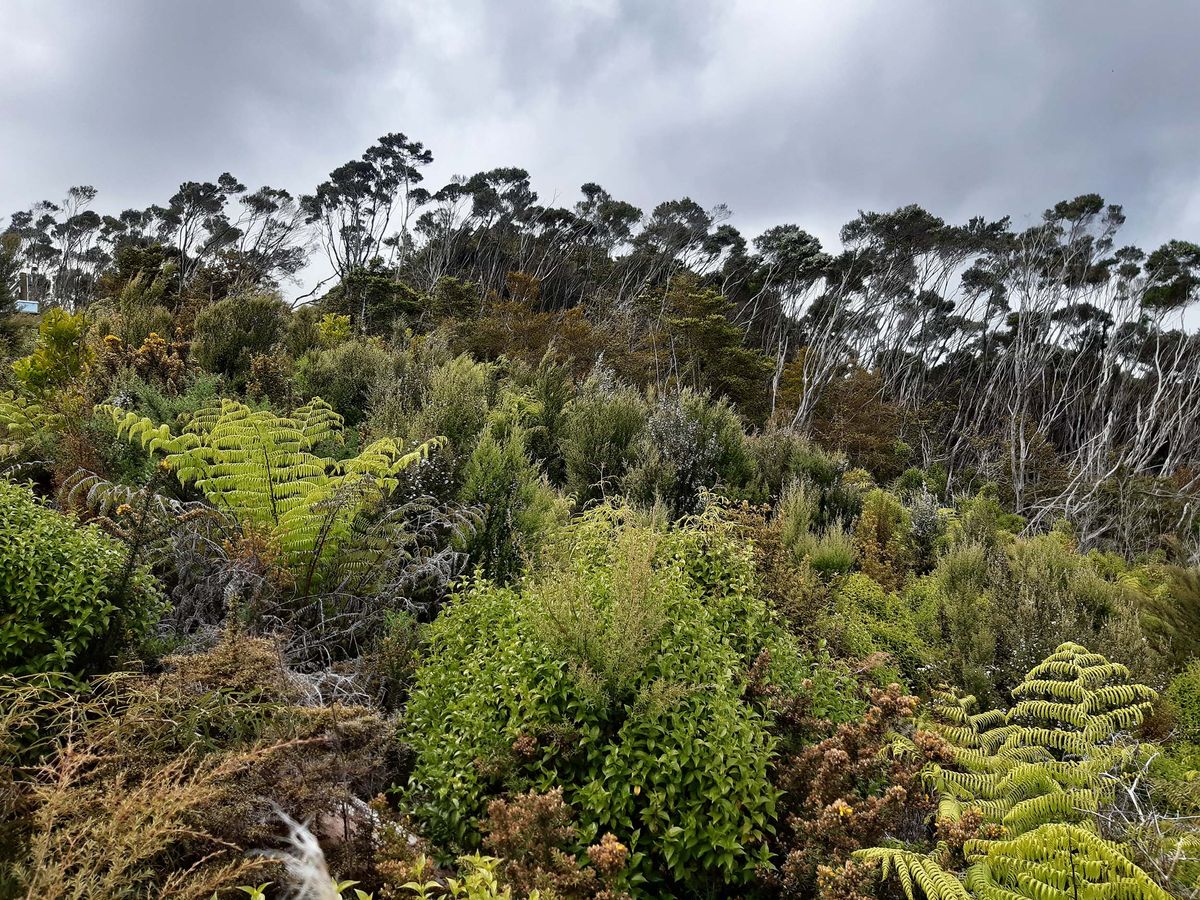 www.rewildingmag.com
www.rewildingmag.com
Silvia Pinca purchased 80 acres of land in New Zealand that was previously used as a pine plantation. She is working to rewild the land by removing invasive species like pines, pampas grass, and banana passionfruit and replanting native trees and shrubs. So far she has removed over 32,000 pines and planted hundreds of native seedlings. Native birds are starting to return to the land to help with seed dispersal. Her long term goal is to restore the native forest ecosystem and create a nature reserve.
**Abstract** This paper presents preliminary assessment of seedling survival and growth of green alder (Alnus viridis (Chaix) DC. in Lam. & DC.) planted on fly ash disposal sites. This kind of post-industrial site is extremely hard to biologically stabilize without top-soiling. The experiment started with surface preparation using NPK start-up mineral fertilizer at 60–36–36 kg ha-1 followed by initial stabilization through hydro-seeding with biosolids (sewage sludge 4 Mg ha-1 dry mass) and a mixture of grasses (Dactylis glomerata L. and Lolium multiflorum Lam.) (200 kg ha-1). Subsequently, three-years-old green alder seedlings were planted in plots on two substrate variants: the control (directly on combustion waste) and plots with 3 dm3 lignite culm from a nearby mine introduced into the planting pit. Five years of preliminary monitoring show good survival seedling rates and growth parameters (height (h), average increase in height (Dh), number of shoots (Lo) and leaf nitrogen supply in the fly ash disposal habitat. Treatment of the site with a combination of lignite culm in planting pits and preliminary surface preparation by hydroseeding and mineral fertilization had the most positive effect on green alder seedling parameters. The result sindicate that it is possible and beneficial to use green alder for biological stabilization on fly ash disposal sites.
 www.livingcarbon.com
www.livingcarbon.com
I saw an article the other day slamming the use of end pit lakes in mining. I think it's relatively easy to have a strong opinion an aspect of mining like this, and mining in general. My personal opinion is that mining is primarily a necessary evil. It has vast capacity to royally fuck up a landscape for a very long time, but it also has the ability to provide us with metals and materials we need. In this vein, I don't much care for mining of materials that don't support industrial uses or the green transition (e.g., diamonds). I also don't think mining is going anywhere soon. It's about as old as humanity, with some mines dating to[ 20,000 BCE.](https://en.wikipedia.org/wiki/Ngwenya_Mine) My viewpoint aligns pretty well with the [ICMM](https://www.icmm.com/en-gb/guidance/environmental-stewardship/2019/integrated-mine-closure) which aims to allow sustainable mining, through careful planning. Anyway, My point is not to debate the merits or risks of mining. I want to talk a bit about why pits are used for tailings and other mine wastes, and the engineering and planning that goes into them. --- General === As we know, mining entails the removal of rock that contains minerals or metals of interest. In the case of metals, exploratory drilling will identify areas/veins of ore. The ore is a mix of local rock and the metal of interest. There are cut-off grades, where below a certain concentration, it's not feasible to mine, but I won't get into that. I'm going to primarily focus on metal mining, since that's my strength. Anyway, since metals are contained with in the rock, the rock must be crushed and milled (e.g., leached with chemicals, and the solution precipitated to get condensate). Here's a really simplified diagram 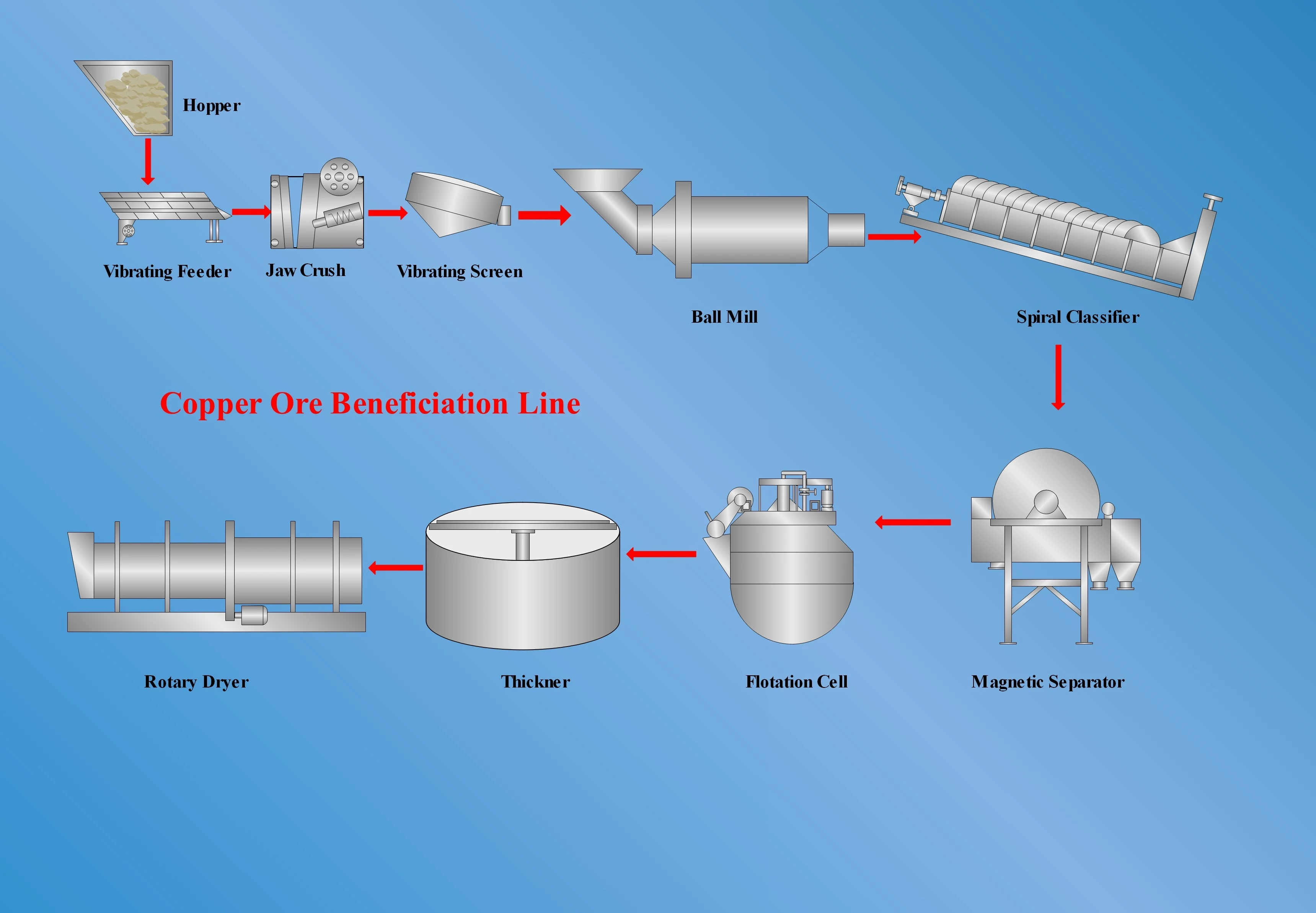 This process results in the condensate, and a by-product slurry called tailings, which comprises of extra chemicals, water, and the crushed rock. In addition, to get to the ore rock, waste rock (ore rock below cut-off grade) is cast to the side as spoil in huge stockpiles millions of tons in size. Geochemistry === The issue, however, is that sulphur or other metals often occur with the ore rock. For instance, it's common for a copper mine to also produce gold or molybdenum, or for zinc mines to produce lead as well. If the ore rock is high in sulphur (commonly in the form of pyrite), when it is exposed to air it [weathers](https://z4y6y3m2.rocketcdn.me/wp-content/uploads/2018/03/Pyrite-Oxidation-Equation.png) to produce sulphuric acid, which rapidly lowers pH in the immediate vicinity, and can really cause a pile of trouble with [water](https://en.wikipedia.org/wiki/Acid_mine_drainage). Tailings, since they're just crushed ore rock, and the waste rock that was moved out of the way to get to the ore are common sources of potentially acid generating (PAG). Not all rock is acid generating (called NAG - non-acid generating). Further, metals can leach from rock on their own, but it's more common with the lower pHs associated with PAG. 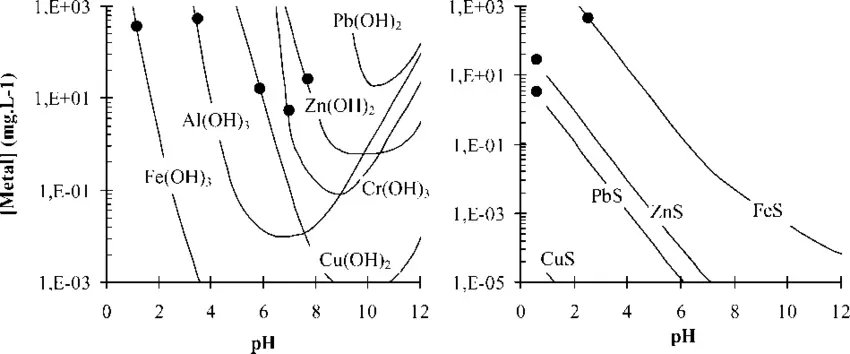 So really, the issue is exposing rock that was once in anoxic conditions to oxygen. That's where a lot of the problems start. Water === Another thing to note (briefly) is that any water that hits the mine disturbance footprint is considered 'contact water' and generally must be managed, treated, and released, regardless of its water quality values (e.g., it could be below environmental guidelines, but since we can't easily distinguish, and water quality can change rapidly, we blanket treat everything). So how do we put a bunch of material on the surface in anoxic conditions? === Well, we have this pit, right over here, where we just dug it out of... and we have a bunch of water that we'd have to treat, which is expensive... I bet you can see where this is going. Pit Lakes === To deal with contact water and to prevent metal-leaching/acid rock drainage (collectively; ML/ARD), companies deposit tailings, waste rock, or other ML/ARD material into the pit and cover it with water. A lot of thinking goes into this. Geological and Hydrogeological studies are conducted, to determine contact water will make its way into the ground water. Water balance models are created, under several different climate scenarios and projections on the pit lake water elevation (level) are given to mine closure planners and regulators.Water balance modelling aims to ensure that the wastes stay covered no matter what. Water quality modeling is also conducted, as sometimes specific contaminants can be bioremeidated, or remeidated in the pit itself using chemicals to improve water quality and mitigate risk. further, human health risk assessments (HHERAs) and environmental risk assessments (ERAs) are a key component for successful mine closures. What about tailings ponds? === Another way to manage tailings is though a tailings pond (Tailings Storage Facilities - TSFs). These are designed to prevent ML/ARD issues during operations. during active closure and reclamation, they are dewatered (usually though evaporation or other water mgt. means) capped with an impermeable layer (to reduce oxygen infiltration through gas exchange or dissolved oxygen in water) and [revegetated](https://www.canadianenergycentre.ca/wp-content/uploads/2022/06/wapisiw-lookout-inside-education-1-e1654634548190-1024x576.png). Some tailings are really fine, and really wet, so they pose very large post-closure geotechincal issues for the TSF. There's a lot of research going on around dry-stacking or paste-stacking tailings. This is essentially changing the milling process to create tailings that are more geotechnically stable, and then capping them with a similar impermable layer and placing coversoil on them and revegating them. Why are you telling me all this? === The point that I'm trying to make is that there's a lot of thinking that goes into the lifecycle of most mines, particularly in the developed world. Developing world mining and artisinal mining can be abhorent. However, if careful planning is done, then things are less hairy.
cross-posted from: https://beehaw.org/post/8863969 > Folks who know me closely know that I'm kind of a geek for patterns - I see them in behavior, in housing, in gardens and natural structures, everywhere. They are at play all around us at varying levels of scale, and anyone who's ever said "oh this again" can hopefully relate. > > Christopher Alexander (author along with others of *A Pattern Language*, *The Nature of Order*, *Notes on the Synthesis of Form*), the speaker in this video, has been formative in my understanding of patterns in a way few others have. His approach to design as a conduit for improving the lives of people and the world writ large have been an inspiration. > > I want you to forget that he's talking to a room full of programmers. Some of it is abstract, and heady, but think about the patterns in your lives and how even slight alterations to them can influence the course of things. I'm coming to this talk from the aspect of a gardener, of a nursery owner interested in restoration ecology, of someone who wants each of us to have a closer connection to the natural systems at play. Bring who *you* are to this, and (hopefully) let it inspire you. I'll leave you with this quote from the talk (punctuation mine): > > "I want you to help me. I want you to realize that the problem of generating living structure is not being handled by architects or planners or developers or construction people now; there is no way that they're ever going to be able to do that because the methods they use are not capable of it. > > The methods that you have at your fingertips and deal with every day in the normal course of events are perfectly designed to do this ... if you have the interest, you have the capacity, you have the means.... And what I'm proposing here is something a little bit different from that which is a view of ~~programming~~ as the natural genetic infrastructure of a living world which you are capable of creating, managing, making available - and which could then have the result that a living structure - in our towns, houses, workplaces, cities - is an attainable thing. Which it has not been for the last 50 to 100 years. > > That is an incredible thing! I realize that you probably think I'm nuts because this is not what I'm supposed to be talking about to you. And you may say, 'gosh great idea but we're not interested' but I do think you are capable of that and I don't think anybody else is going to do this job.
 www.nature.com
www.nature.com
 lemmy.world
lemmy.world
First, sorry this community has been kind of dead. I've been pretty preoccupied with work, and blowing of steam shitposting memes ------ One thing we often encounter in reclamation, if you're a consultant, is clients wanting research done to confirm their methods are feasible and will work when it comes to close a site. As such, they often want to look at all the things, and get the most data for the cheapest price. This leads them to wanting to have a bunch of treatments, often using a factorial design (i.e. split-split plots), where you'll have 20 plot (for example) and each plot has 2 or more treatments within it. The problem with this is that by nature, you're limited to a low number of reps, since adding one extra rep can significantly impact the amount of money spent on analysis. The thing, though, is that reps serve to smooth out highly variable data (like soil!), and by having a bunch of treatments all smushed together, you get a lot of confoundment going on in your data sets. Further, even when you're militant about controlling variability, you essentially answer many questions poorly and end up needing to do more research to answer them all. You get a 'well kinda' answer. Alternatively, if you design your experiment in stages, you can better answer questions, and can have the flexibility to adjust in between experimental phases. For instance, say I want to look at the effect of two subsoil decompaction methods, two amendments, and two planting prescriptions. You could design this easily with a factorial approach, and get data all at once. Alternatively, if you look at one of each type of treatment (e.g., 1 decompaction method, 1 soil amendment) and 2 planting prescriptions with more reps, you'll have stronger statistical power, and be able to answer questions better. It's more defensible. It's usable data. The kind that gets you another budget to find out the other half of the experiment. In round 2 you look at the other configuration. Ex// **Round 1** Decompact A x Amend A x plant A Decompact A x Amend A x plant B Decompact A x Amend B X Plant A Decompact A x Amend B x Plant B **Round 2** Decompact B x Amend B x plant A Decompact B x Amend B x plant B Decompact B x Amend A X Plant A Decompact B x Amend A x Plant B In a factorial, you'd have something like: Decompact A x Amend A (half plot) X Amend B (half plot) X Plant A (half Plot) x Plant (B) (half Plot) in this case, there's generally too much spatial overlap/noise. While this approach is a little more expensive in the long run, it's generally cheaper in the short term, and more palatable to clients, particularly when you get solid answers rather than non-answers. This applies to all field trials, not just Reclamation. Simple experimental designs are elegant. Think of it as a field of vision. If you use a factorial you have a broad field but narrow depth. More elegant approaches? More depth less field. Each has their merits, but reserve factorials for occasions where you aren't sure what is important or aren't trying to prove something **E:** some minor spelling mistakes that my phone didn't catch. tweaked design to include overlapping treatments my 11 pm brain didn't catch. Principles remain the same.
This was an interesting presentation covering use cases for various water slowing techniques like BDA's (Beaver Dam Analogues) and PALS (Post Assisted Log Structures), along with recommendations for implementation. There were also some fantastic slides showing some of the patterns that emerge in streams and rivers as they move towards equilibrium from repair work.
**ABSTRACT** Land reclamation following surface mining in the Athabasca oils sands region will be extensive, with various challenges specific to local reclamation cover soils. The high economic costs associated with pre-disturbance soil salvage and placement in reclamation necessitates judicious management and application of salvaged cover soils. Soil microbial community activity and bioavailable nutrient supply are largely overlooked in reclamation analyses despite their potential in providing a sensitive measurement of ecosystem function. This study evaluates these parameters by comparing two continuous cover soils, a coarse-textured forest floor mineral mix (FFM) and an organic matter-rich peat soil (PM) at Syncrude Canada's Aurora Soil Capping Study. Shallow (10 cm) and Deep (20–30 cm) placement depths of FFM and PM were compared to a control receiving no cover soil and a harvested jack pine site as a reference. Soil function was assessed by measuring bioavailable nutrient supply rates, soil respiration, phospholipid fatty acid analysis (PLFA), and community level physiological profiles (CLPP). Non-metric multidimensional scaling (NMS) was used to quantify functional similarity with reference conditions. NMS revealed the greatest similarity between FFM and the reference site for bioavailable nutrient supply, PLFA, and CLPP. Deep FFM application shared greatest PLFA similarity to the reference site, while Shallow FFM was more similar in CLPP. Shallow PM was more similar to reference conditions than Deep for all parameters measured, suggesting that shallow cover soil applications might be sufficient for the reclamation target. Soil respiration rates were greatest in FFM, followed by the reference site and PM treatments, with no difference attributable to placement depth. PM had greater nitrogen and sulfur availability, but was lower in phosphorus and potassium when compared to FFM and the reference site. Ecosystem function was more similar in cover soils that mimicked the reference site conditions as much as possible, which in this case meant shallow placement and material salvaged from upland forests

Just give me a couple trucks and dozers and turn me loose.

This reclamation is 10 years old and no soil was placed - these are going directly into waste rock. This is high elevation, so the trees grow slowly
 www.theguardian.com
www.theguardian.com
Replanting logged tropical forests with a diverse mixture of seedlings can help them regrow more quickly than allowing trees to regenerate naturally, a study has shown. After trees were felled in the 1980s, the publicly owned Malua Forest Reserve was dedicated to learning how best to restore tropical forests. Prof Andrew Hector, of the University of Oxford, who set up the experiment more than 20 years ago as part of the South East Asia Rainforest Research Partnership, said: "Our new study demonstrates that replanting logged tropical forests with diverse mixtures of native tree species achieves multiple wins, accelerating the restoration of tree cover, biodiversity, and important ecosystem services such as carbon sequestration." The researchers, who published their findings in the journal Science Advances, said that the probable reason for the better recovery was that different tree species occupied distinct niches within the forest ecosystem and so diverse mixtures of planted species complemented each other and increased the effective functioning of the whole ecosystem. Some tropical species were more tolerant of drought because they produced more protective chemicals, giving the forest resilience during periods of low rainfall. Hector added: "Having diversity in a tropical forest can be likened to an insurance effect, similar to having a financial strategy of diverse investment portfolios." Tropical forests cover 6% of the planet's land surface but are home to about 80% of the world's documented species and are major carbon sinks.
 www.newcastle.edu.au
www.newcastle.edu.au
cross-posted from: https://aussie.zone/post/2107025 > In recognition for outstanding design and innovation, the Delprat Cottage and Gardens has been awarded a Good Design Award Gold Winner Accolade in the Architectural Design category at the 2023 Australian Good Design Awards. > > The Good Design Awards Jury commented: "This project finds an innovative, research-based solution to removing toxic soil and monitoring passive environmental approaches. The Jury commends the design team for this outstanding project that will no doubt drive innovation and future research into this area. Well done." > > The Australian Good Design Awards is the country's oldest and most prestigious international awards for design and innovation with a proud history dating back to 1958. > > "Some of the Award-winning projects from this year's Good Design Awards are truly ground-breaking. There are so many inspiring impact-led projects this year that have embraced the power of design as a problem-solving tool - their design stories deserve to be recognised and celebrated at the highest level. We are proud to continue the legacy of celebrating design, and designers making a positive impact on our world. The Good Design Awards showcase what true design excellence looks like, to inspire others to greatness - that's exactly what these Awards are about." > > Projects recognised with an Australian Good Design Award demonstrate excellence in professional design and highlight the impact a design-led approach has on business success and social and environmental outcomes.










